 W
WJohn James Barralet was an Irish artist who spent the later part of his career in the United States.
 W
WJohn Boyne, born in the County Down about 1750, is known as a water-colour painter of some repute. He was apprenticed to William Byrne, the landscape engraver, but it is said led a wild kind of life. He died in 1810.
 W
WJames Brenan was an Irish artist.
 W
WWilliam Henry Brooke (1772–1860) was a British artist and illustrator.
 W
WThomas Burke was an Irish engraver and painter.
 W
WRobert Carver was a Dublin born Irish painter, who worked as a painter of theatre scenery as well as painting framed works.
 W
WJohn Cassidy was an Irish sculptor and painter who worked in Manchester, England, and created many public sculptures.
 W
WCharles Collins was an Irish painter.
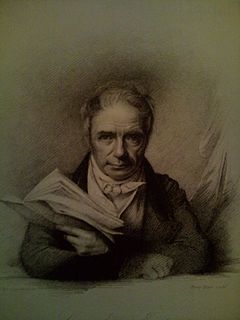 W
WJohn Comerford (1773–1832) was a miniature painter.
 W
WJames Humbert Craig was an Irish painter.
 W
WNicholas Joseph Crowley (1819–1857) was an Irish genre and portrait painter. He was highly esteemed as a portrait painter, and was especially good in painting portrait groups.
 W
WWilliam Cuming (1769–1852) was an Irish portrait painter, a president of the Royal Hibernian Academy.
 W
WWilliam Davis (1812–1873) was an Irish artist, and part of a group of Liverpool based artists who were influenced by the Pre-Raphaelite style of painting.
 W
WJonathan Fisher was an Irish painter.
 W
WHugh Frazer (1795–1865) was an Irish landscape and genre painter.
 W
WHenry Albert Hartland was an Irish artist known for his watercolours and landscape paintings.
 W
WJoseph Patrick Haverty RHA was an Irish painter.
 W
WWilliam John Hennessy was an Irish artist.
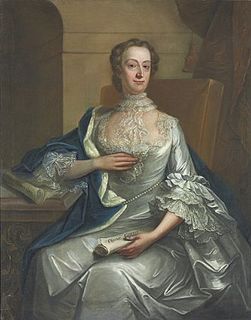 W
WPhilip Hussey, portrait-painter, born at Cork.
 W
WCharles Cromwell Ingham was an Irish portrait painter and later a founder of the New York National Academy of Design during the 19th century.
 W
WJoseph Malachy Kavanagh was an Irish painter. He is known for his painting landscapes, seascapes, rural scenes in Ireland, France and Belgium and occasional portraits.
 W
WHarry Aaron Kernoff was an Irish painter. The Irish artist of London/Russian extraction, is primarily remembered for his sympathetic interest in Dublin and its people. He depicted street and pub scenes, as well as Dublin landmarks with sympathy and understanding. This is particularly evident in his woodcuts. While living in his adopted Dublin Jewish community he produced picture illustrations of his local scenes for a neighbourhood writer and friend, Nick Harris for his book called "Dublin's Little Jerusalem".
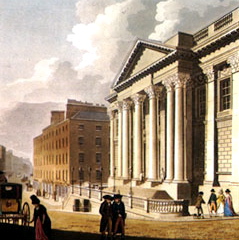 W
WJames Malton (1761–1803) was an Irish engraver and watercolourist, who once taught geometry and perspective and worked as a draughtsman in the office of the celebrated Irish architect James Gandon.
 W
WSamuel McCloy was an Irish painter.
 W
WRichard Thomas Moynan was an Irish painter. Moynan was born in Dublin and studied there at the Metropolitan School.
 W
WGeorge Mullins was an Irish landscape painter.
 W
WBernard Mulrenin (1803–1868) was an Irish painter.
 W
WGeorge Francis Mulvany was an Irish painter and the first director of the National Gallery of Ireland.
 W
WGarret Morphy was an Irish painter.
 W
WCharles Wynne Nicholls was an Irish painter of genre, historical subjects and Orientalist scenes.
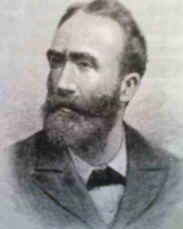 W
WJohn O'Connor was an Irish painter.
 W
WHenry O'Neill (1798–1880) was an Irish artist and antiquarian.
 W
WSeán O'Sullivan was an Irish painter. He was educated at Synge Street CBS in Dublin and went on to study drawing at the Dublin Metropolitan School of Art where he won a scholarship and studied lithography at the Central School of Arts and Crafts in London. He also studied painting in Paris at Colarossi's and La Grande Chaumiere.
 W
WJames Doyle Penrose RHA JP was an Irish painter.
 W
WDavid Quinn is an Irish artist and designer who was born in County Galway in 1970 and grew up in Sligo. He studied art at the National College of Art and Design in Dublin and painted there for a number of years after graduating before finally settling in County Mayo where he currently lives and works. He is best known for his atmospheric, figurative, paintings which draw on the Mayo countryside and its vernacular architecture and gardens. The painting entitled "Grotto" is an example of his work. His paintings are represented in Irish and international collections including The Irish Museum of Modern Art, The European Parliament, AIB and the Office of Public Works.
 W
WDavid Quinn is a painter and contemporary Irish artist.
 W
WThomas Roberts was an Irish landscape artist, who was born about 1749 and died in 1778.
 W
WSampson Towgood Roch (1757–1847) was an Irish painter of miniatures. The son of William and Mary Roch of Youghal, in County Cork, he was born deaf. It is unknown with whom he studied; he may have been self-taught. By 1779 he had established himself in Dublin, and in the years following is known to have worked in England. Beginning in 1786 he lived in Cork; while there he married a distant cousin. In 1792 the couple moved to Bath, where his practice flourished. Roch returned to the family home in County Waterford in 1822; there he died in 1847. Besides painting miniatures, he also sketched scenes of Irish rural life.
 W
WWilliam Sadler II was an Irish painter. He was a noted landscape painter who is remembered today for his depiction of the Battle of Waterloo.
 W
WRobert Richard Scanlan (1801–1876), sometimes known as R. R. Scanlan, was an Irish painter and portraitist.
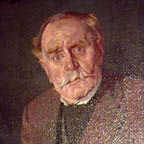 W
WPatrick Joseph Tuohy was an Irish portrait, narrative, and genre painter.
 W
WFrancis Sylvester Walker (1848–1916) was an Irish painter, illustrator and etcher.
 W
WThomas Bond Walker was an Irish painter.
 W
WLeo Whelan RHA was an Irish painter. His work was part of the painting event in the art competition at the 1932 Summer Olympics.
 W
WPatrick Wybrant was an Irish born artist who painted in the UK from 1849 to 1852, spent approximately three years in the United States, and returned to work in East and North Yorkshire, UK around 1855, and may have continued to work until his death, in Knaresborough, North Yorkshire in 1894.